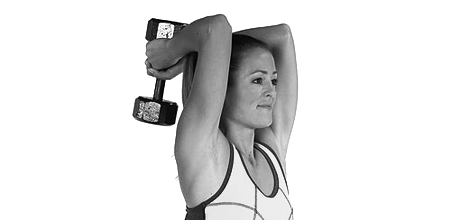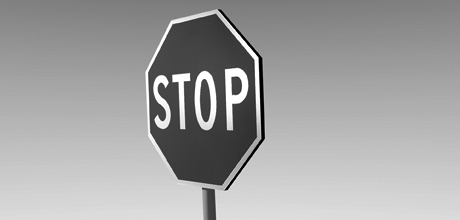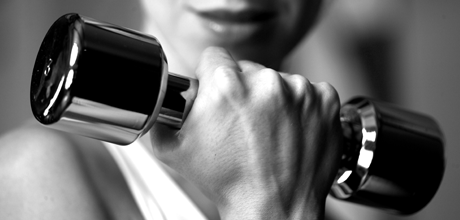Here are the best healthy options to keep you feeling full:
Almonds
These have the highest protein and fibre content of all nuts.
Soup
Opting for a smooth soup, rather than a chunky can make all the difference. Blended vegetables make them more filling.
Berries
These have one of the lowest glycaemic values of all fruits. Berries keep blood-sugar levels stable, avoiding the energy dip that causes us to crave sugary snacks.
Eggs
Their high protein content helps to reduce the hunger hormone ghrelin, while raising levels of peptide YY, a hormone that helps us feel full.
Avocados
The combination of healthy fats and fibre work together to boost that feeling of being completely satisfied.
Edamame beans
Their high protein and fibre content, as well as a low glycaemic value helps keep hunger at bay.









